Old-Fashioned Flowers And Plants That Will Transport You To Another Time
Fancy bringing some old world beauty and elegance to your space? These nine old-fashioned flowers can help you add a touch of nostalgia and romance


Like anything, flowers and other garden plants cycle in and out of style. Certain flowers evoke a powerful sense of nostalgia and old world charm. You could fancy adding elements of cottage garden or cottagecore aesthetics, or plants that conjure elements of romance or sentimentality. So if your tastes run to the traditional, why not add old-fashioned flowers for nostalgia and romance in your outdoor space?
If you’re a gardener and flower enthusiast, you’ll find the following old-fashioned perennial flowers and annuals have strong ties with the past. They can all help you create a cozy, nostalgic garden very easily. So try some of these nine old-fashioned garden flowers to ramp up the sentimental factor in your backyard or outdoor space.
Old-Fashioned Perennials To Try
Perennials are a must as they keep coming back year after year. When choosing old-fashioned perennial plants, consider what makes you feel nostalgic. Maybe it’s the scent of roses or a flower you remember from your grandmother’s garden. Here are some ideas of old-fashioned perennials that stand the test of time but were more common in gardens in the past:
1. Four O’Clocks
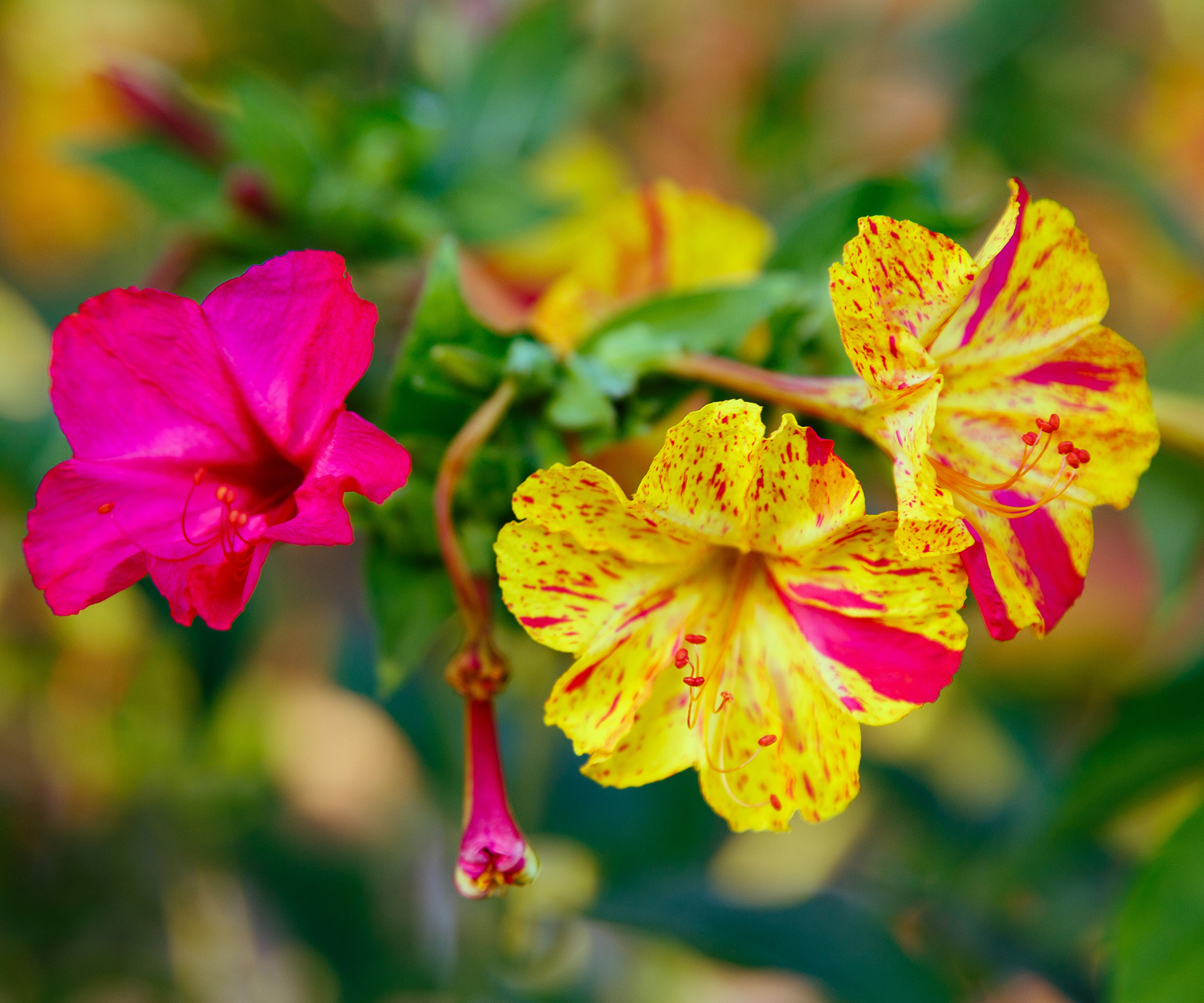
Mirabilis jalapa is an ornamental perennial with blooms that open in the afternoon, hence their more popular name. You’ll find four o’clocks have a shrub-like growth and benefit from staking. They are hardy in USDA zones 7-10 and can be used as annuals in colder zones. These old-fashioned flowers come in a variety of shades.
2. Sweet Peas
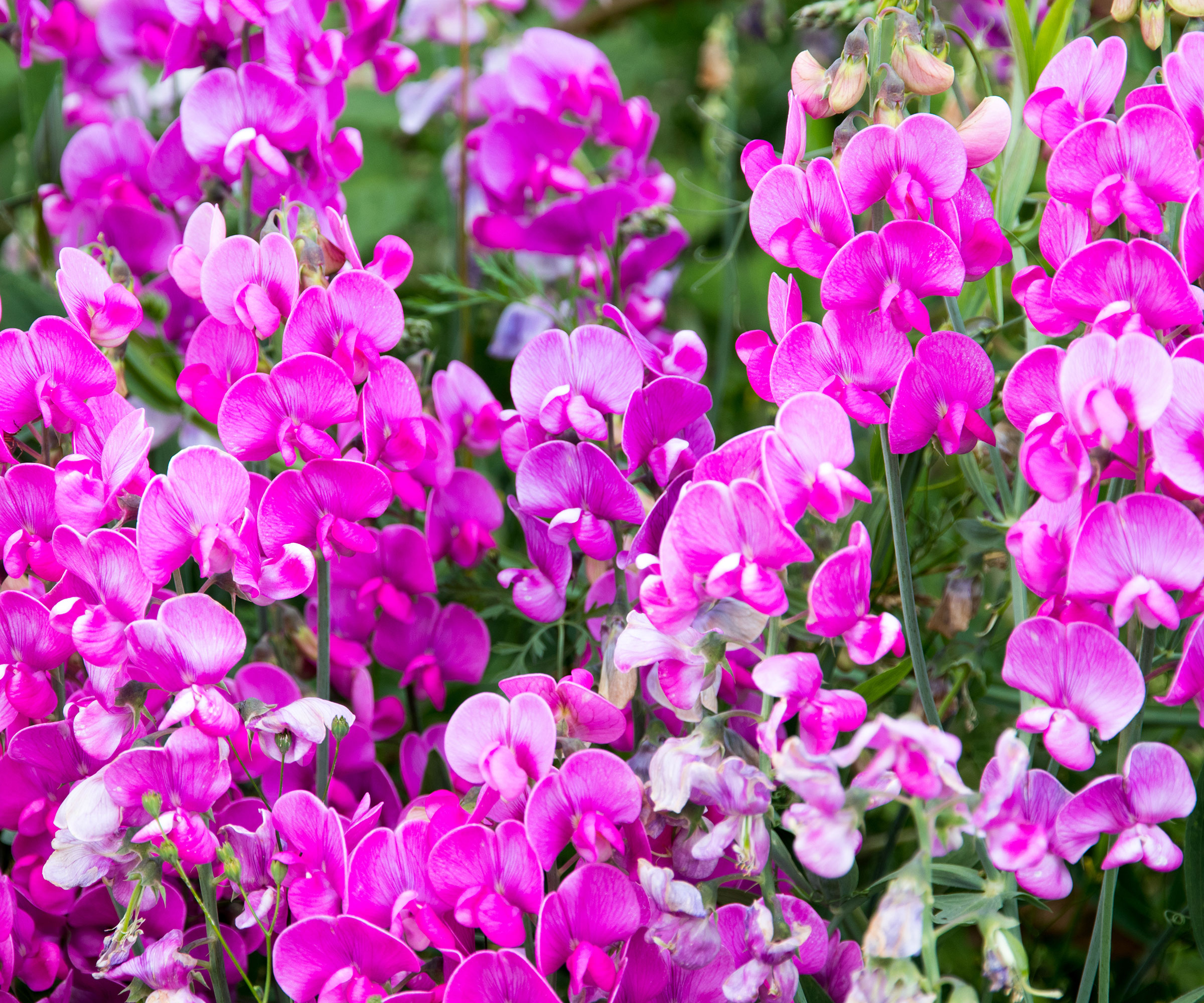
If you’re going for romance and femininity, then you shouldn't overlook sweet peas. These vining plants (Lathyrus odoratus) produce ruffled, dainty flowers in pink, purple and white. These are hardy perennials in zones 2-10. They look nice climbing a trellis and are also great additions to cut flower arrangements.
3. Agapanthus
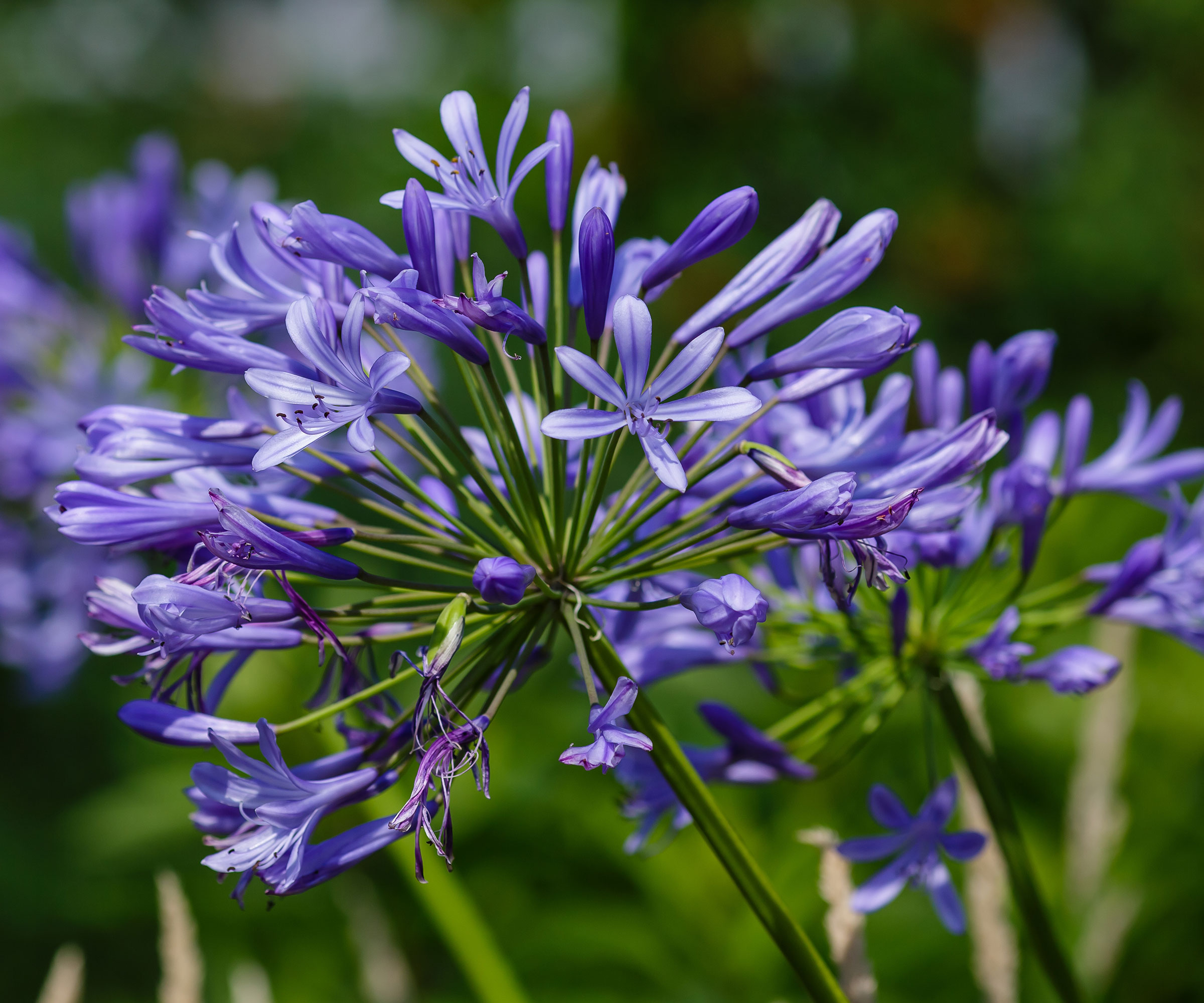
This perennial has done a lot of hopping from lily to onion to amaryllis families before settling in its own taxonomic family. Brought from South Africa to Europe in the 1600s, it is certainly old-fashioned. Different agapanthus varieties grow in upright clumps with attractive glossy leaves and striking flower clusters in purple, blue or white. Grow these as perennials in zones 8-10.
4. Kiss Me Over The Garden Gate
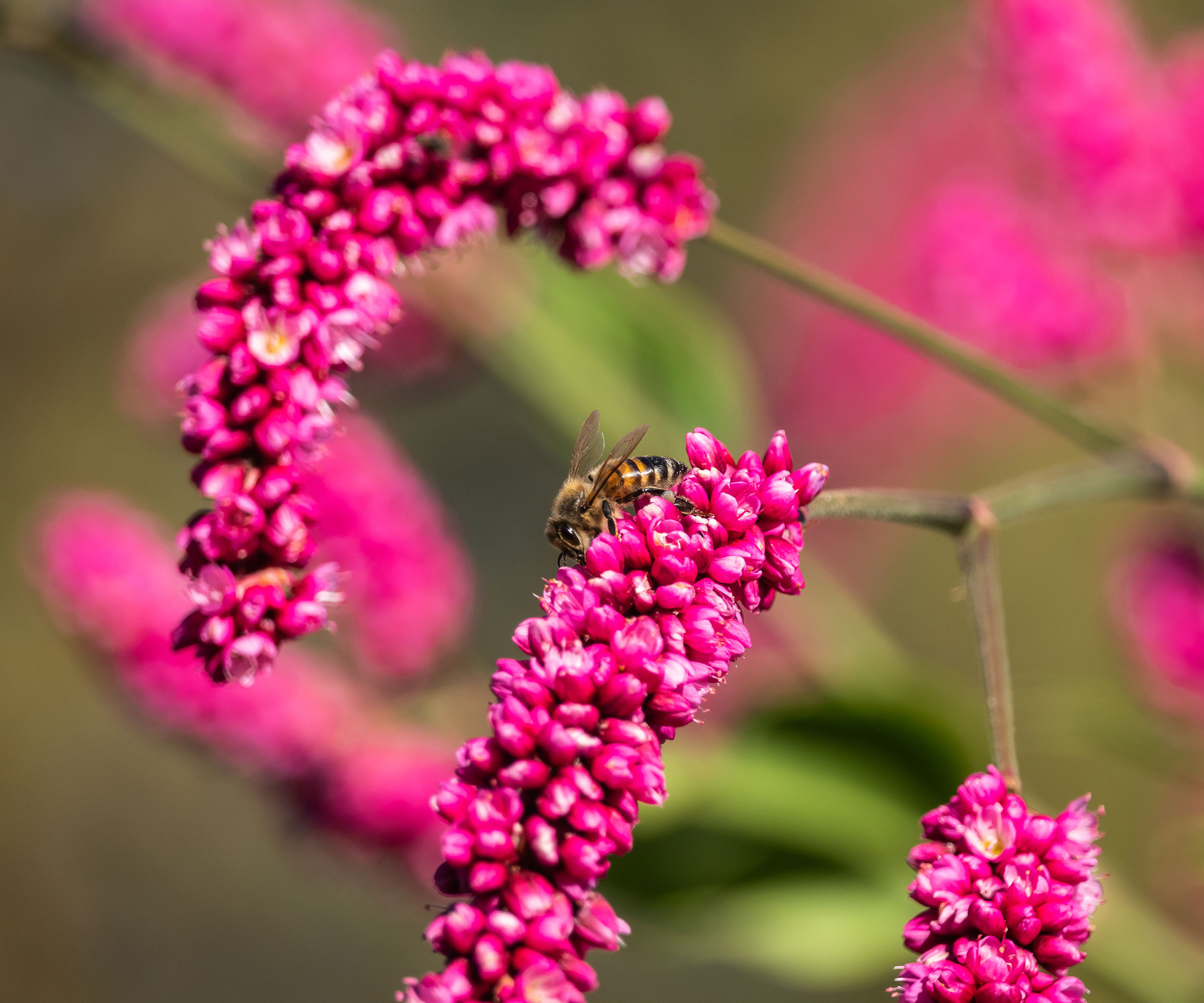
Could a plant name get any more nostalgic or romantic than Kiss Me Over The Garden Gate? This is a large perennial in zones 7 through 10 that gets its name from the hanging flowers that can be draped over a fence, gate or other structure. Persicaria orientalis can also be grown as an annual.
Sign up for the Gardening Know How newsletter today and receive a free copy of our e-book "How to Grow Delicious Tomatoes".
5. Soapwort
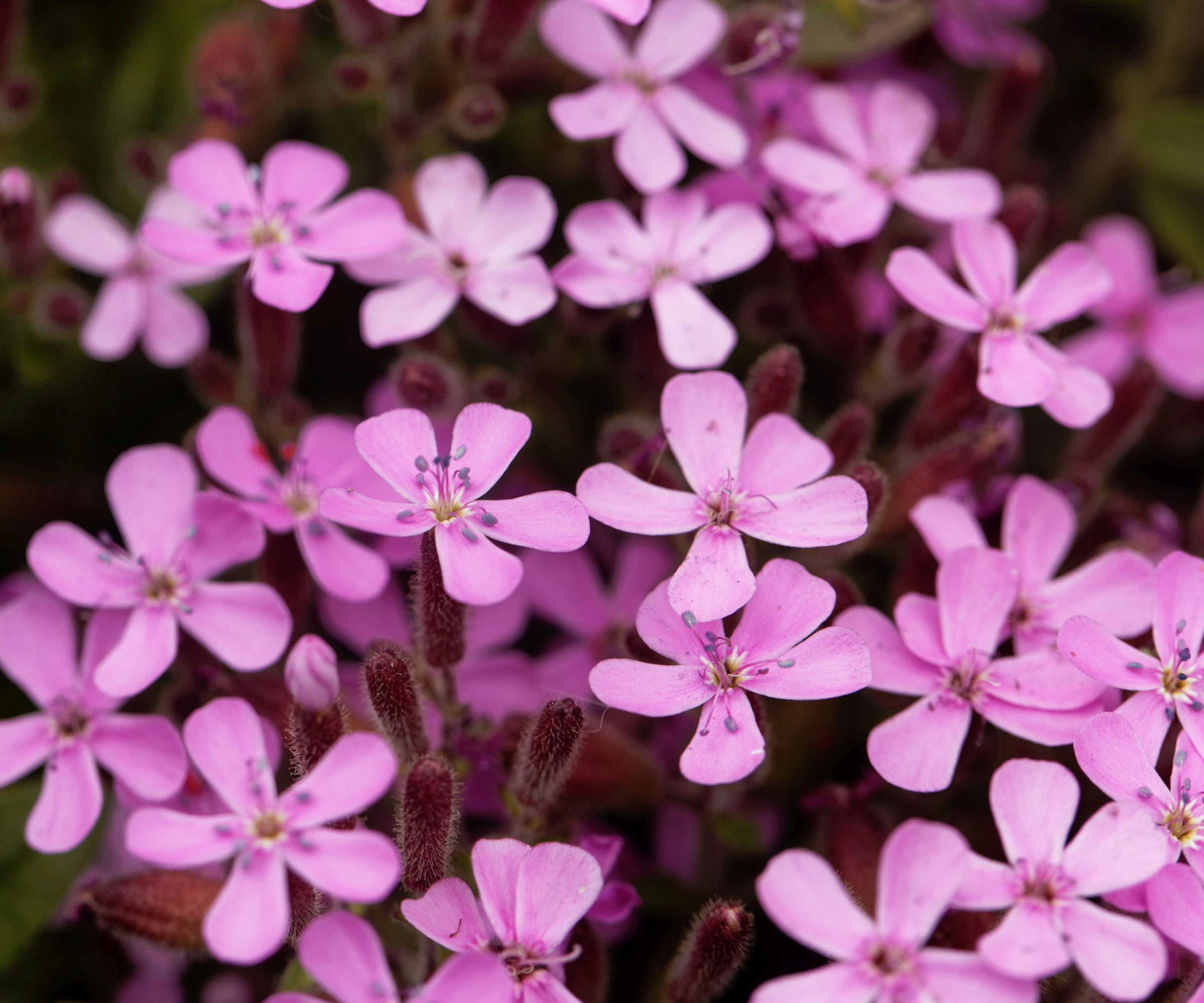
This perennial, hardy in zones 4-8, gets its name from its use as an ingredient in homemade soaps. Because it has high levels of saponins, soapwort can be made into a gentle soap solution. While you might want to experiment with soap making, soapwort is more prized for long-lasting phlox-like flowers in pink and white.
Old-Fashioned Annuals To Try
Annuals also have their place in your nostalgic garden. Use these warmer weather and tropical old-fashioned flowers in borders and mixed into perennial beds. You can also use these as features or charming additions to troughs, tubs and containers.
6. Heliotrope

This old-fashioned beauty is an annual in all but zones 9 and higher. While you can find more varieties today, the original garden heliotrope grows clusters of small, dark purple blooms. The flowers are pretty and attract pollinators. What really makes heliotrope unique is its strong fragrance, described as cherry pie with vanilla.
7. Calendula
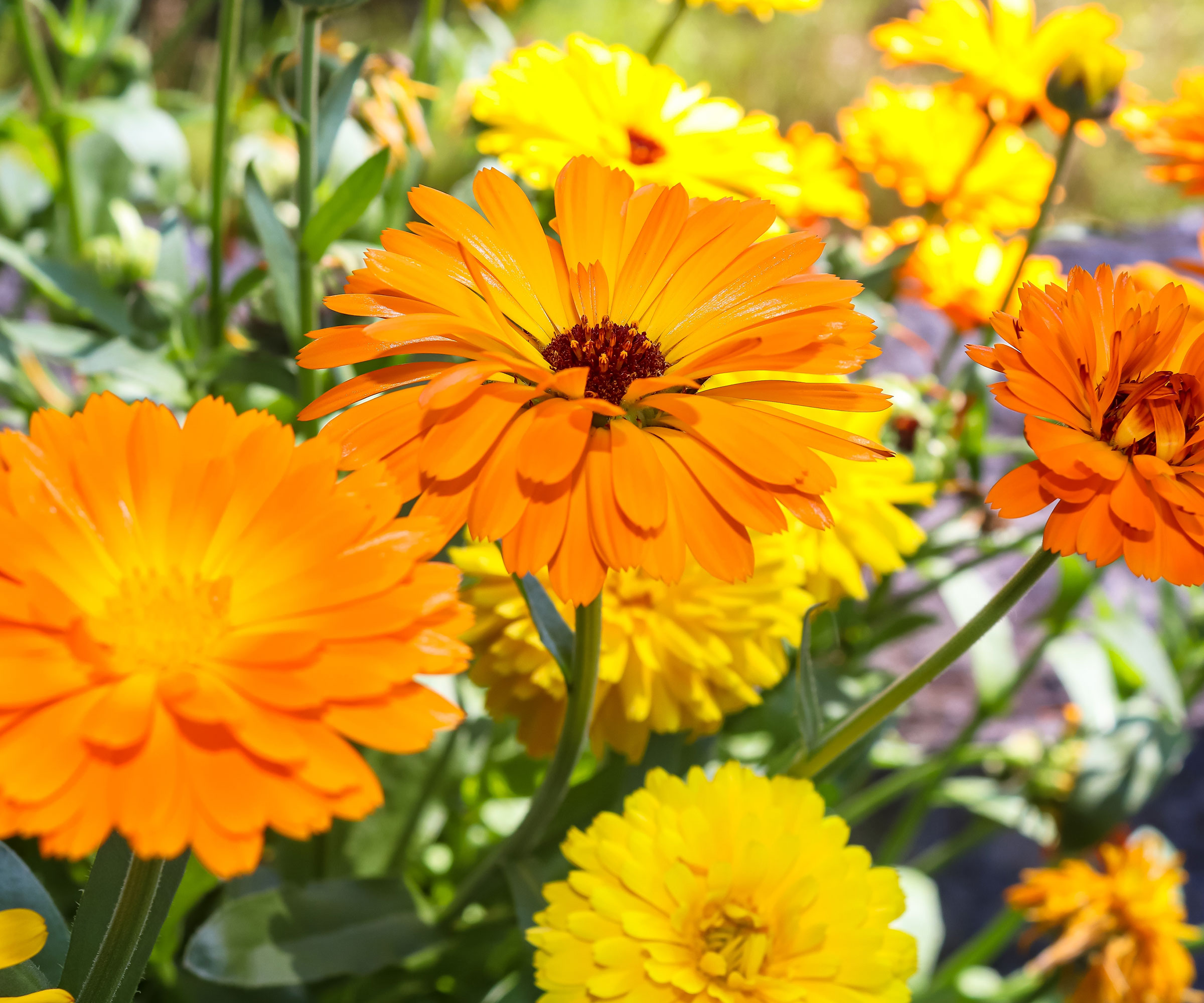
Also known as pot marigold, this bright, cheerful, daisy-like annual comes in shades of orange and yellow. Once the flowers fade during the hottest days of summer, calendula plants get attractive seedheads that attract birds. Calendula also has medicinal properties and has long been used to treat infections, rashes and wounds.
8. Tuberose
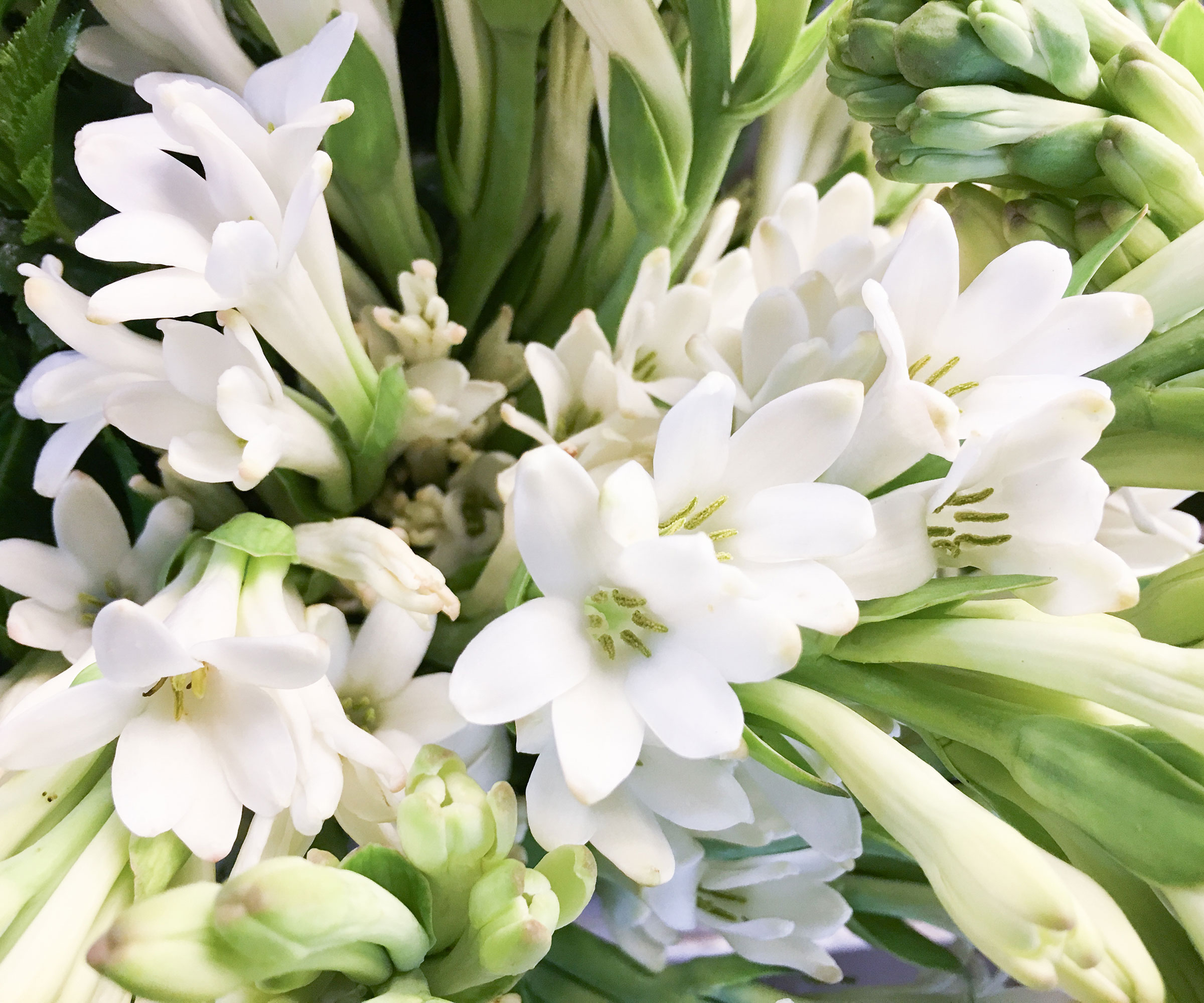
If you grow outside of the hardiness zones (7-8) for this Mexican native, then you can grow tuberose as an annual. Simply bring the bulbs in for winter and plant again the following season. Tuberose was very popular in Victorian times. It produces tubular, white flowers on tall stalks and has a unique aroma of honey and cream that has long been used in fragrances and cosmetics.
9. Balsam
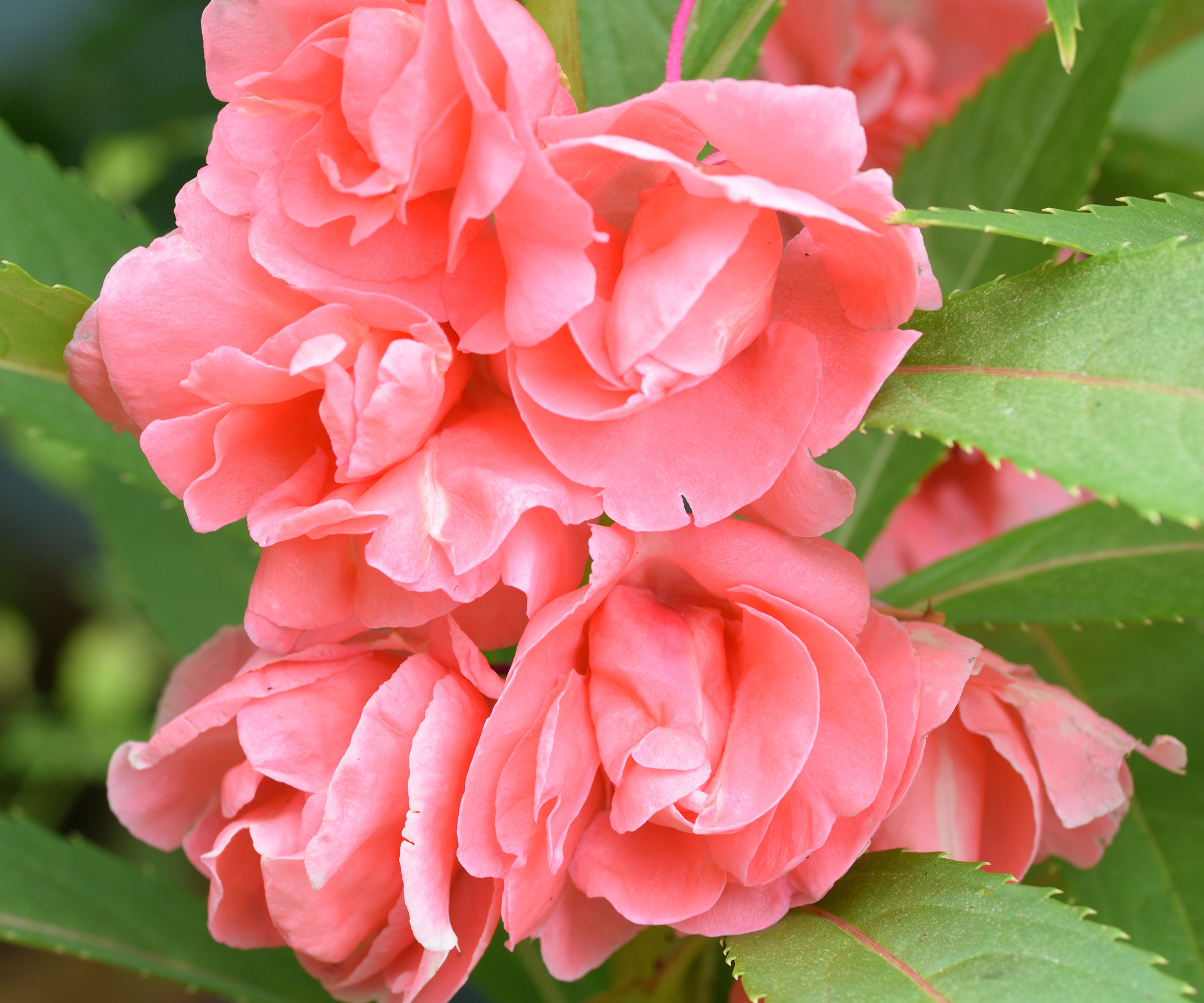
Not many gardeners use Impatiens balsamina anymore, but balsam is poised for a comeback. This variety of impatiens is suited to partial shade and will give you flowers into fall. The flowers were originally red, but you can now find them in other colors. Balsam flowers bloom between leaves on a tall stem.

Mary Ellen Ellis has been gardening for over 20 years. With degrees in Chemistry and Biology, Mary Ellen's specialties are flowers, native plants, and herbs.